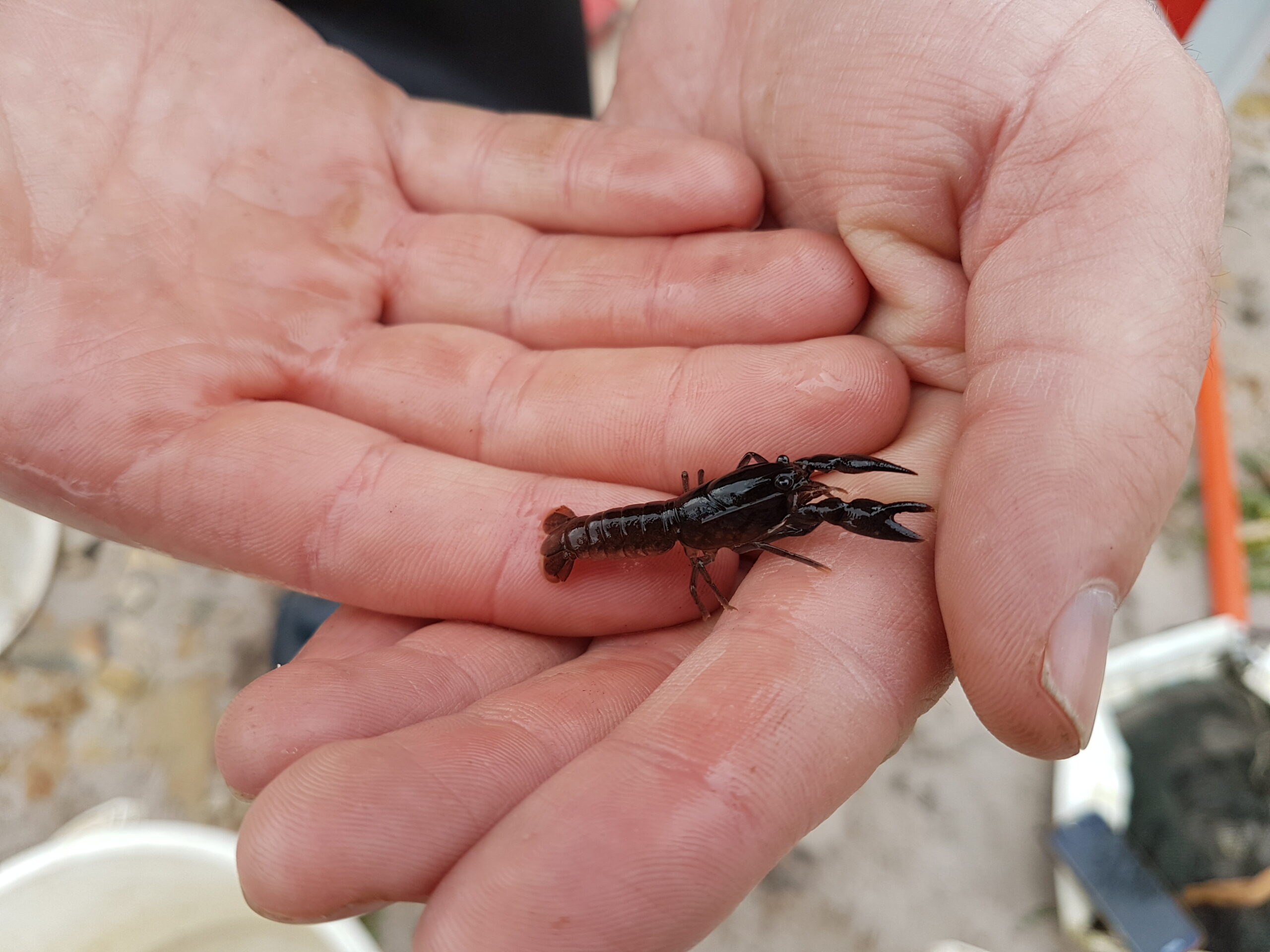Water for the Environment Autumn 2024
Latest update: MacKenzie River
MacKenzie River is 57 kilometres long and starts on the northern slopes of Gariwerd Grampians National Park. It flows northwest until it joins the Wimmera River west of Horsham. Its major tributaries are Burnt and Bungalally creeks.

Important animals and plants call the MacKenzie River home.
The only confirmed PLATYPUS population in the Wimmera catchment is in the MacKenzie River. The Victorian protected WESTERN SWAMP CRAYFISH and nationally endangered WESTERN SPINY CRAYFISH also naturally occurs in this area.

Populations of native fish such as River Blackfish, Mountain Galaxias and Southern Pygmy Perch also occur. Recent fish monitoring has revealed an increase in numbers of many of these species.
Continuous vegetation along the river is unique and provides an important habitat corridor containing rare and threatened plants native to the area. A variety of endemic water-dependent plants such as WATER RIBBON also flourish in the riverbed.
Water for the environment flows help maintain habitat, food sources and improve water quality. These flows support refuge areas in dry times and allow for the movement of fish and other important aquatic life.
Platypuses and River Blackfish historically inhabited waterways throughout the Wimmera. The long-term hope is that, with the support of water for environment, the region’s remnant platypus population will expand its reach and repopulate other parts of the MacKenzie River and ultimately the Wimmera River.





